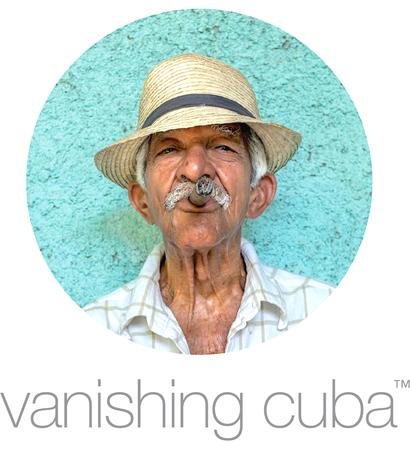Thank you to the Norton Museum of Art for featuring Vanishing Cuba in the Museum bookstore.
The Store at the Norton is a shopping destination, offering a well-curated selection of products intended to celebrate the uniqueness of the Norton’s collection. Special attention is given to quality handmade products, gathered from all over the world, such as artisan glassware, ceramics, textiles and jewelry. The Store also features a vast selection of art books and exhibition catalogues, along with children’s items that serve to educate and inspire creativity. All store purchases help to support the Norton’s collections and educational programs.
The Norton Museum of Art was founded in 1941 by Ralph Hubbard Norton (1875-1953) and his wife Elizabeth Calhoun Norton (1881-1947). Norton was an industrialist who headed the Acme Steel Company in Chicago. He and his wife began collecting to decorate their home, but then he became interested in art for its own sake and formed a sizable collection of paintings and sculpture. In 1935, Mr. Norton semi-retired, and the couple began to spend more time in the Palm Beaches. They contemplated what to do with their art collection and eventually decided to found their own museum in West Palm Beach, to give South Florida its first such institution. In 1940, construction began on the Norton Gallery and School of Art located between South Olive Avenue and South Dixie Highway in West Palm Beach. Mr. Norton commissioned Marion Sims Wyeth of the distinguished firm of Wyeth, King & Johnson to design the Museum. The Art Deco building opened to the public on February 8, 1941. Norton continued to add to his collection until his death in 1953, and the works that he and his wife gave the Museum form the core of the institution’s collection today.
The Museum’s permanent collection now consists of more than 8,200 works in five curatorial departments: European, American, Chinese, Contemporary and Photography. Since 1954, many distinguished additions have been made thanks to the endowment Mr. Norton created for the purchase of works of art. They include masterpieces such as Stuart Davis’s New York Mural (acquired in 1964), and Jackson Pollock’s Night Mist (acquired in 1971).
In 2011, the Norton launched Recognition of Art by Women (RAW), an annual exhibition series that celebrates the contributions of living female painters and sculptors with solo exhibitions. Funded through the Leonard and Sophie Davis Fund/MLDauray Arts Initiative, the Norton has organized solo exhibitions for British painter Jenny Saville (2011), American painter Sylvia Plimack Mangold (2012), British sculptor Phyllida Barlow (2013), Swedish sculptor Krista Kristalova (2014), African-born, L.A.-based painter Njideka Akunyili Crosby (2016), and Austrian painter Svenja Deininger (2017). RAW 2018 will feature the work of Chicago-born, New York-based artist Nina Chanel Abney.
In 2012, the Norton instituted the Rudin Prize for Emerging Photographers, a biennial international award those on the leading edge of the field who have not yet received a solo museum exhibition. Winners have included: Argentine-born, Los Angeles-based artist Analia Sabin (2012); Israeli artist Rami Maymon (2014), and New York-based artist Elizabeth Bick (2016). Prominent art collector and longtime Norton supporter Beth Rudin DeWoody created the Prize to honor her father, the late New York City real estate developer Lewis Rudin.
In 2013, with Florida’s population dramatically increasing and with Norton Trustees seeing the need for more exhibition and education space, the Board decided to embark on a bold, visionary Museum expansion, enlisting the renowned London-based architectural firm of Foster + Partners to design a new building. The transformed Museum opened on Feb. 9, 2019, featuring the Kenneth C. Griffin Building, which includes 12,000 square feet of new gallery space; expanded classroom space; a larger student exhibition space; a state-of-the art, 210-seat auditorium; a new store and restaurant; and a Great Hall serving as the Museum’s “living room.” The expansion also includes a lawn for outdoor programming, or relaxing, and a sculpture garden. The project also included the renovation of six Museum-owned, 1920s-era cottages to house an artist-in-residence program, and the Museum Director’s home. All to better serve the art and the community.




Related Blog Posts
BARBARA’S BOOKSTORES (CHICAGO) STOCKS VANISHING CUBA
Thank you, Barbara's Bookstore, for stocking Vanishing Cuba! Barbara's Bookstores have been...
THE BOOKWORM COLORADO STOCKS VANISHING CUBA
Thanks to The Bookworm for believing in Vanishing Cuba and stocking this amazing photo...
NEWSDAY INTERVIEWS MICHAEL AND FEATURES VANISHING CUBA
It was a pleasure to be interviewed by Kelly McMasters for Newsday, the local newspaper I grew up...





Recent Comments